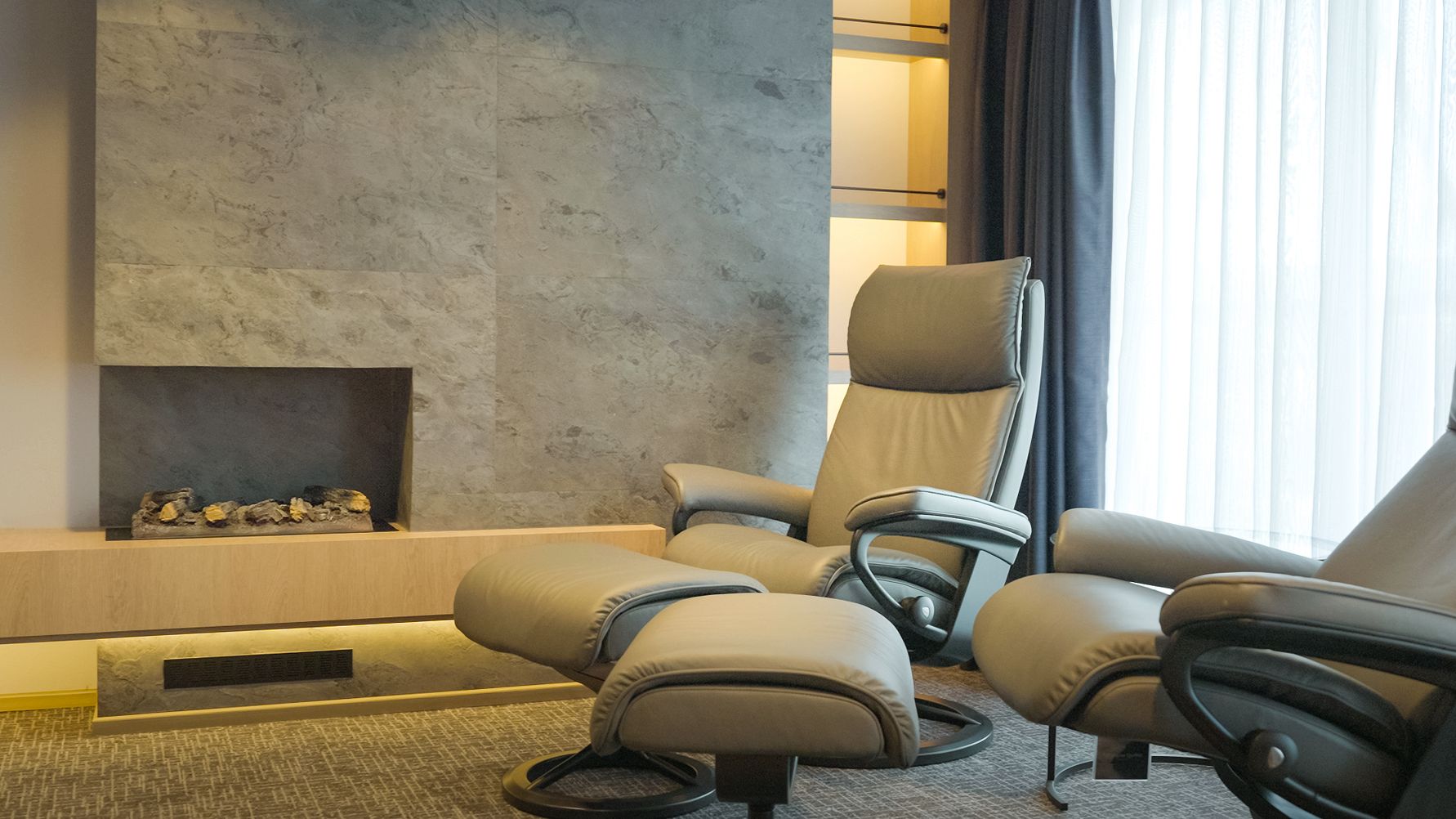The names of the lighthouse suites on Havila Polaris and Havila Pollux are now being revealed

The names of the lighthouse suites on Havila Polaris and Havila Pollux are now being revealed.
Havila Voyages’ ships are named after stars in the sky that seafarers throughout history have navigated by. The lighthouses along the Norwegian coast have also been crucial for maritime safety in this country, and that’s why the shipping company has chosen to name their largest onboard suites after these landmarks.
“We wanted to highlight and honor the hardworking men and women along the rugged Norwegian coast”, says Hege Sævik Rabben, board member of Havila Voyages and responsible for onboard decoration.
“These people have built homes, workplaces, and communities, contributing to shaping Norway as a maritime nation and an international maritime power.”
Local photographers have also contributed to the decoration of the lighthouse suites on the coastal route ships of Havila Voyages.
It’s the Norwegian Coastal Administration (Kystverket) that owns and manages most of the lighthouses in Norway.
“Our task is to ensure safety and navigability for seafarers along the Norwegian coast. Lighthouses have been, and still are, an essential part of this. The lighthouse stations are also a significant part of the Norwegian coastal culture that we work to preserve. Therefore, it’s great that Havila Voyages is naming their suites after well-known lighthouses along our coast”, says Coastal Director Einar Vik Arset.
HAVILA POLARIS
The suites on Havila Polaris have been named Runde and Landegode.
Runde Lighthouse
This is one of the oldest lighthouses in Norway. It clings to the mountainside, faces the sea, and sends out beams of light to guide seafarers to safety. Far below them, countless shipwrecks bear witness to the treacherous nature of the sea and the many lives lost here.
There are many local sayings and place names on Runde that refer to money, gold, and treasures from ships that have sunk here. On a summers day in 1972, three divers found one of the largest treasures from a sunken ship in Europe right here, not far from Runde Lighthouse.
The three divers found the remains of a Dutch merchant ship that sank off the coast of Runde in 1725. They picked up cannons and embroidery scissors, belt buckles and clay pipes from the seabed – along with around 57,000 coins. More than 6,000 of the coins were made of gold.
Around ten years after this dramatic shipwreck, in which 200 people lost their lives, a lighthouse was built on Runde. The idea came from a private entrepreneur who saw the economic opportunities in a lighthouse that could charge fees from passing ships. The lighthouse was completed in 1767 and was initially a large iron pot placed on the mountainside to hold an oven.
Runde Lighthouse has seen many changes and improvements over its 250-year history. First, the iron pot was moved to a more visible location. Then, a 10-meter-high tower was erected in the early 1800s, and in 1858, a 27-meter-high cast iron tower was built. In 1935, the light was moved from the classic lighthouse to the concrete building that still stands at Runde Lighthouse today.
Landegode Lighthouse
When the enormous, wild Vestfjorden is at its most furious, many fishermen could breathe a sigh of relief when they found shelter behind the large island on their way to Bodø. This is how the island got the name Landegode – the good land, where nothing bad could happen.
The island is one of the largest in Norway and has sheltered bays with white sandy beaches and beautiful mountain formations, with the highest mountain over 800 meters above sea level. Just north of the island lies the small island of Eggløysa. Here, a 29-meter-high cast iron tower sends its beams of light northward over Vestfjorden and out to sea. From the tower, you can see the Lofoten Wall in all its splendor and gaze out towards what is one of the most infamous stretches of sea in Nordland.
When Norway established its first continuous cargo and passenger route along the coast, known as the coastal route, ships sailed day and night, even during winter. This meant they needed light to navigate. Therefore, it was the ship captains and sailors on the coastal route ships who first contacted the Lighthouse and Beacon Authority with a request to ensure safe entry to Bodø using the lighthouse.
The lighthouse station was completed in 1902. In addition to the tall tower, a large, sturdy lighthouse keeper’s house was also built, offering home comforts for the lighthouse keeper and his family. This included a laundry room and a pantry. There was also a living room, kitchen, and bedroom for the lighthouse keeper’s assistant.
HAVILA POLLUX
Onboard Havila Pollux, the suites have been named Vardø and Sletringen.
Vardø Lighthouse
This is Norway’s easternmost lighthouse, guiding ships into Vardø or further east towards Russia. For centuries, many boats and ships have sailed the Pomor trade route with Russia along the coast of Finnmark. Vardø was also previously an important fishing town, and as early as the mid-1800s, the community wanted to establish a lighthouse here, even though the lighthouse wasn’t actually built until 1896. It was erected on the highest point of Hornøya, Norway’s easternmost island, just over a kilometer from Vardø.
The lighthouse was a simple “family lighthouse,” with the lantern placed on the wall outside the living room. After a few years, the lighthouse keeper drowned, and a new family took over the lighthouse. As one, and then two, assistants joined the lighthouse keeper’s family, the station had to be expanded with homes for the assistants.
During World War II, the lighthouse was damaged, and after the war, the lantern had to be rebuilt. A lighthouse tower was added, and it remains intact to this day. It’s a square tower of a type that only exists in two examples along the entire Norwegian coast. Standing at a height of 20 meters, Vardø Lighthouse is the second tallest in Norway, and its light shines its important beams over 23 nautical miles across the Barents Sea.
Sletringen Lighthouse
To the north, off the coast of Kristiansund, gigantic waves come crashing towards thousands of reefs and islets, even on a beautiful and calm summer day. Nevertheless, this has been rich fishing grounds for centuries, and as early as the mid-1800s, there was a desire for a lighthouse in this wild sea area.
After almost 50 years of pressure from fishermen, pilots, skippers, and local politicians, a first lighthouse was finally built. It was erected on Sletringen, a small islet with only rocks, cliffs, and salt-sprayed slopes, with its highest point just three meters above sea level.
A thick wall was built before they erected a timber house on the wall and the lighthouse on the roof. This allowed the light to spread over the sea from a height of 20 meters.
(The names of the lighthouse suites on Havila Polaris and Havila Pollux are now being revealed – Havila Voyages)



